Please click here to revisit Crowdfunding PART ONE: What is it and why should creatives consider it?
Now that I had decided to crowdfund my first picture book, I had to make some important assessments and decisions. Which platform should I utilise and why? How likely am I to succeed in raising the funds required? What rewards would be appealing for those who pledge? How can I make my campaign stand out online? When should I launch the campaign? How can I reach a wide audience with news about my campaign?
Which platform should I utilise and why?
There are many crowdfunding platforms available to creatives. Some are generalised sites, such as Kickstarter and Pozible; others are aimed directly at writers & small publishers, such as Unbound and Authr. After researching the above platforms, I decided to run my campaign through Pozible for two reasons. First, that it’s an Australian-based platform (however, global audience) and second, that the potential of a generalised site reaching a varied audience was appealing. Pozible fees are quite reasonable as well.
How likely am I to succeed in raising the funds required?
To have my book illustrated, designed, printed, distributed, and have rewards made and posted to project backers (plus fees taken from Pozible), I needed approximately $8000. I was financially able to contribute $2000, so I placed my target at a more attainable, $6000. I decided to operate my campaign for 40 days (in hindsight, a shorter time-frame would have maintained an enthusiastic pace).
I worked out that over 40 days, my chosen target was equivalent to 7-8 pre-orders per day (300 pre-orders in total). This meant I needed to have at least 300 people interested in my book.
What rewards would be appealing for those who pledge?
I’m publishing a children’s book, so it’s important I offer rewards suitable to the purpose of my project. I wanted to keep things cost-effective, yet interesting for potential backers, so I decided on personalised signed copies of my book (the main reward), bookmarks (designed from the book’s illustrations, including links to my website), library bags (featuring an illustration from the book on the front of the bag), and each pledge received a special mention and thank you on my book’s Facebook page (more on that, in a tick). These rewards kept it simple yet offered options for potential backers, without expensive outlay. Postage was included (you can decide to do this or to add postage fees to the initial pledge amount). I wanted to keep the main reward (signed copy of my book) the most appealing, so made this a reasonable pledge amount of $20. This was the most popular reward chosen by my project backers.
How can I make my campaign stand out online?
My campaign was one of thousands, so how could I ensure it caught peoples’ attention? During the planning phase, I analysed many successful projects and what made them successful. Having an accompanying video was a great advantage, including a detailed breakdown of my budget, appealing rewards, examples taken from my book (e.g. book blurb, sample illustrations). It is a MUST that your project is already in the works, even if it is as far as having your manuscript edited or storyboard drafted. Backers want to see that their pledge is going toward a viable project. Interest may dwindle if they find your project is simply an idea, or that your budget is just a figure you’ve pulled from thin air. It has to be real. It has to be ‘doable’.
For more information and detail, you can view my 2014 campaign by clicking here. In this, you will see I have included a video with a soundtrack I composed and recorded. I also included my writing inspiration (my kids), which personalised my campaign and helped backers see a little more about me. It was also a tad quirky which made it enjoyable to watch (there’s nothing worse than sitting through a five-minute long monotonous speech about why you want to publish a book). Timing and flow is everything.
When should I launch the campaign?
As mentioned above, timing is everything. I wanted to ensure that not only was my campaign ready, but my audience as well.
A few weeks prior to my proposed campaign launch, I started a Facebook page dedicated to my book. Thanks to supportive family and friends, the page was shared amongst parents, grandparents, educators and fellow creatives and the page had a few hundred followers in the first week of operation. I utilised the page to keep followers in the loop with the plans for my campaign launch, my book, stages of its progress and my life-long hopes and dreams. The support I received was (and still is!) incredible. People were enjoying the ride with me, and several followers contacted me about their dreams to become published writers – it was lovely to share our experiences!
I conducted a ‘campaign launch countdown’ on the Facebook page about a week out from launch date. I asked followers when they thought a good time of day would be to launch (according to highest traffic on social media) and a 12pm launch time was set for the big day. By the countdown’s end, everyone was aware of the launch and just as eager and excited to get it off the ground as I. By the end of the first day, I’d already raised over $1000 towards my target. Social media is a powerful tool.
How can I reach a wide audience with news about my campaign?
I had support from the book’s Facebook page followers, which was increasing by the day, but how could I reach out to an even wider audience? Not everyone uses social media, and I wanted to shout far and wide about my upcoming book, so I prepared a media release to send to local publications and received enthusiastic responses from two family-centred websites and two print-newspapers. Interviews and photo-shoots were organised and articles were published during the middle of my campaign. By Day 21, I’d reached my target! As the campaign was still operating for another 19 days, I then offered ‘stretch’ goals (additional funding required for continuing distribution, additional printed books etc) so backers who hadn’t yet pre-ordered my book, still had incentive to do so. By campaign end, I’d exceeded my target by an additional $1200.
My tips for a successful campaign
- Research! Look at various crowdfunding platforms and assess which best suits your needs and aims. Pay particular attention to the platform’s success rate, reputation, fees charged, terms and conditions.
- View examples of successful projects; layouts, inclusions, rewards offered and what stage their project was at prior to launching their campaign.
- Be proactive and positive. This is your project, your creation on the line, your business. Do everything you can (and more!) to ensure its success.
- Communicate! I can’t stress this enough. Communication is a HUGE part of this process. Communicate with representatives from your chosen platform. Ask questions, seek clarification on anything uncertain, have your campaigned reviewed before launching (most sites require this before you’re able to go live).Communicate with your backers. Thank them for their support and keep them updated on campaign progress and the progress of your project if your campaign is successful. You are held accountable if you do not go ahead with completing the project NOT the crowdfunding platform. If there are unforeseen delays on your project completion, notify ALL of your backers. Reassure them you are fulfilling your end of the deal.
Communicate with your wider audience and potential backers via social media, websites/blogs, newspaper and magazine outlets, emails etc. Tell the world about your project and plans!
- Prepare a unique and entertaining video to feature on your project page. Most potential backers will opt for watching the video before wading through loads of text about your project. First impressions count. Reel them in with humour, maybe some role-play, interviews with the creators, include backing music where possible… and don’t drag it out! A 2-3 minute video is plenty of time to get your point across and keep viewers interested to find out more.
- Make your rewards interesting, relevant, achievable and affordable.
- Be genuinely grateful! Another HUGE factor. Your followers and backers are supporting you. Some will share your campaign to get the word out, others will tell people they know, about your project. Some may pledge! No matter what, always take the time to thank them and thank them often. They are the reason you are progressing. And please, if you’re having a bad day and it seems interest is at a plateau or decline, don’t be ungrateful. Don’t offload frustration or disappointment onto your support base with negative communication and pity cries, because you know what? You’ll lose people for good, and it won’t do any favours to your ongoing reputation. Always show your gratitude, even on seemingly ‘bad’ days.
- Don’t nag people to pledge (either directly or indirectly). If they want to back your project, they will.
- Support other crowdfunding projects. You’re after support – show that you back others in their creative endeavours.
- Don’t make it all about the money. Essentially, yes, that’s why you’re running a crowdfunding campaign, but think beyond the campaign’s closure. Keep your audience entertained and involved. Include some fun comps and giveaways along the way. Reveal some sneak peeks of artwork, text, Q&A’s with the book creators. Make it fun.
- Celebrate your success! Then get busy completing your project 🙂
- Above all, enjoy the process! It is extremely rewarding AND gives you a great starting point into marketing your work so that when your project is complete, you’ll have gained some handy skills in getting your name and work out there even further!
Good luck!
Is there anything you’d add to this tip-list?







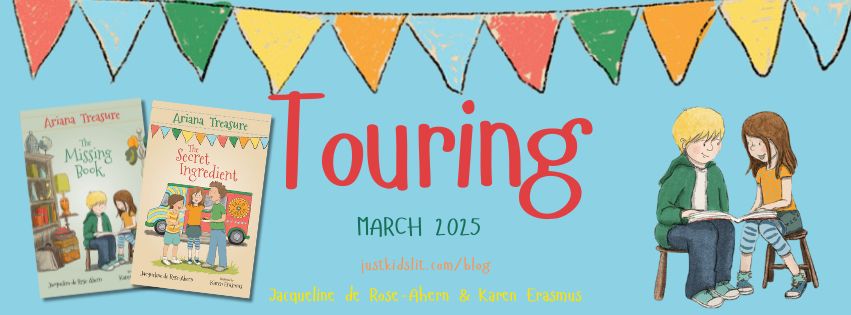
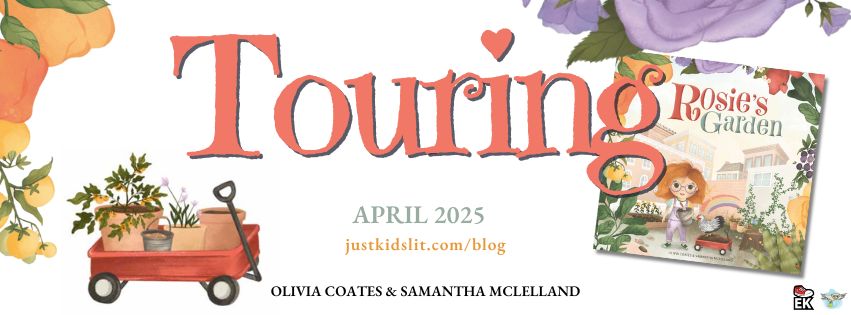
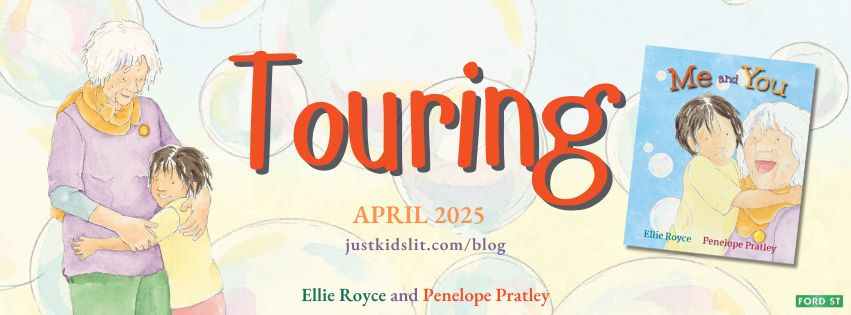
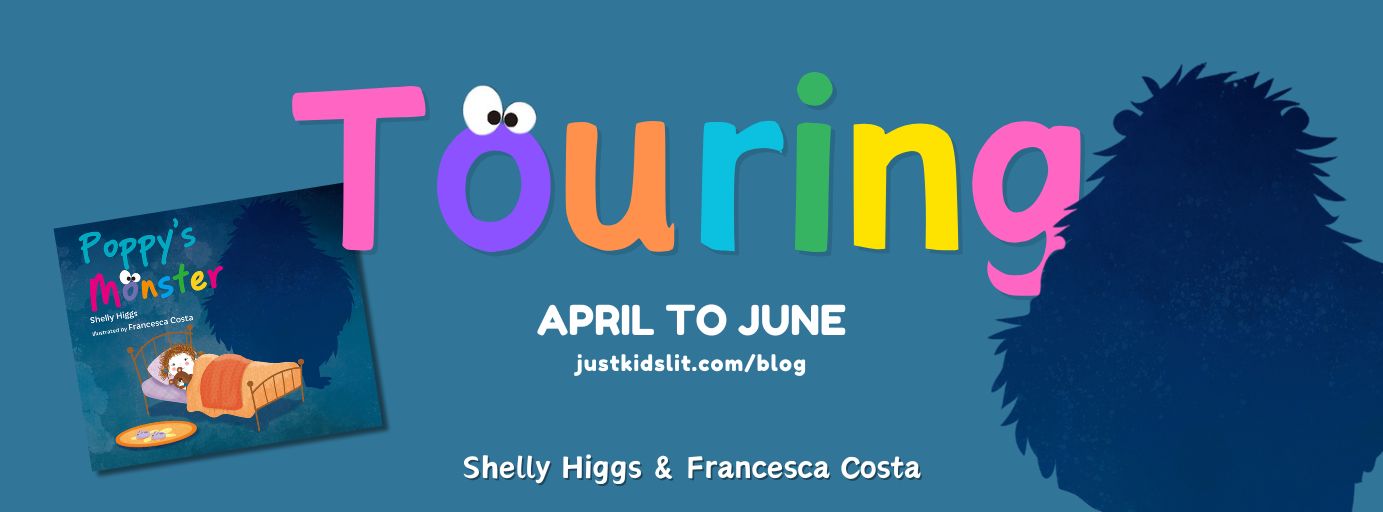
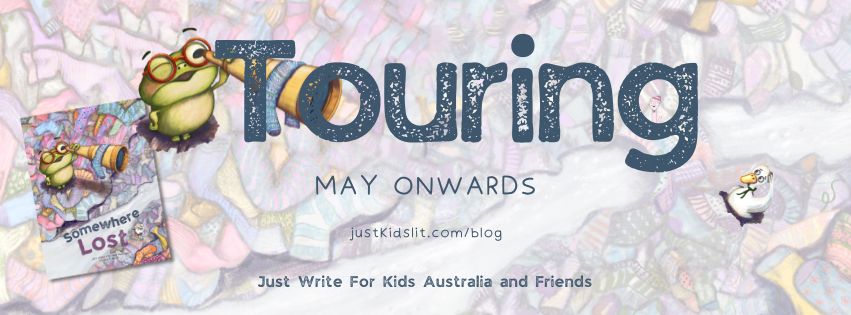





2 thoughts to “Crowdfunding PART TWO: Tips for campaign set-up and success”
Thanks for this, great article 🙂
You’re welcome, Miriam. Thanks for reading! 🙂